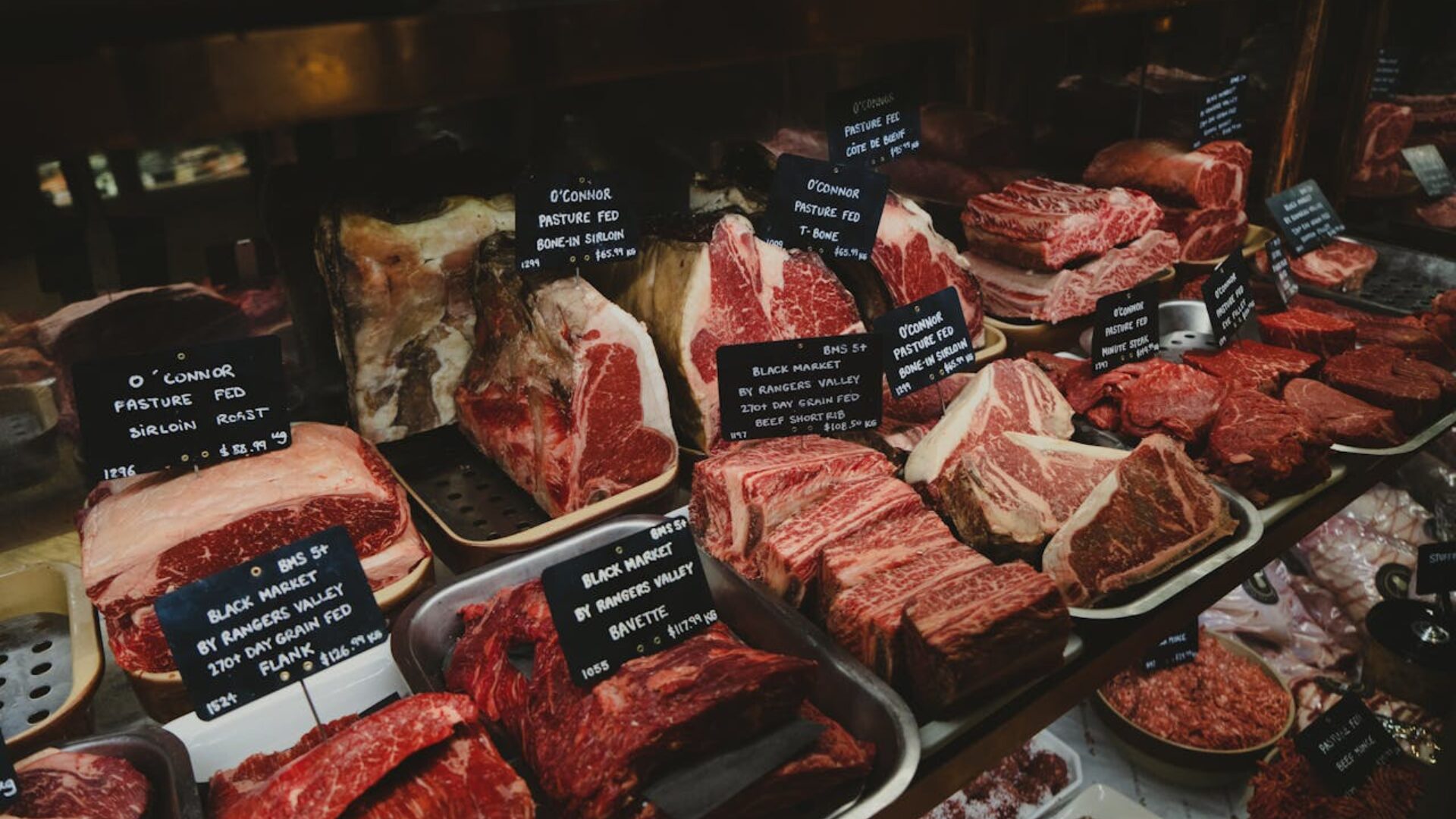This article is written and sponsored by Transparency Market Research.
E-commerce trends and consumers’ increasing desire for convenience have helped fuel growth in the frozen food industry.
According to a report by the American Frozen Food Institute (prepared in collaboration with FMI – the Food Industry Association), in 2020 alone, online sales of frozen food witnessed a 75% increase with meat, poultry, and seafood being the frontrunner. Frozen meat is piquing the interest of consumers like never before. The trend has pivoted on the strengthening proclivity toward frozen, ready-to-eat food. The emerging preferences are apparent worldwide.
The surge in interest in frozen food in recent years has made consumers more conscious about the ideal methods of freezing, thawing, cooking, and refreezing, which has only boosted growth avenues of the frozen meat market.
The frozen meat category has evolved not merely to cater to the demands of commercial kitchens, but individual meat lovers, too. Individuals are increasingly warming up to the convenience provided by ready-to-eat meat and, as a result, are stocking up on it.
Advancements in Shipping and Storage Spur Popularity
The entire farm-to-table trend has been seemingly upended, anchored in advanced packaging, storage, and shipping. The convenience of ready-to-eat products when combined with easy availability through online orders is increasing sales in the frozen meat market. Plus, many consumers have come to accept the products as equally nutritional as unfrozen ones. Industry players, in turn, are responding to the interest, and packaging companies have expanded their array of offerings to meet the range of transportation and storage needs of frozen meat.
Another trend that has fueled the popularity of and acceptance of frozen meat is advancements in shipping. Brands in the frozen meat category have been harnessing state-of-the art monitoring systems to ensure freshness.
Beef and chicken, in particular, have gathered considerable steam of late, making them lucrative categories for players in the frozen market to capitalize on during the forecast period, find analysts at TMR. Overall revenues are projected to reach $30 billion (USD) by 2026.
Increased Education About Proper Storing, Thawing Bolstering Acceptance
The trend of ordering frozen meat has picked up pace on the back of consumers becoming more aware about the proper methods of heating and cooking. Individuals are becoming more and more knowledgeable about the ideal ways to thaw such products, too.
Culinary experts – especially those in developed nations – have been teaching proper procedures for storing and defrosting frozen products. Evidently, increased education behind the nutrition and food safety has enriched the frozen meat segment.
Several guidelines have emerged from the likes of the FDA to broaden the public’s knowledge about the shelf life of frozen food. That has provided peace of mind that modern thawing methods will prevent bacterial contamination.
Asia-Pacific Excluding Japan (APEJ) Offers Market Opportunities
The expanding knowledge has extended the horizon of the global frozen meat market. Additionally, advancements in food science have helped make the texture of frozen meat more appealing. Meanwhile, strides made in foodservice chains offering frozen food are fueling the growth of the regional market.
Asia-Pacific excluding Japan (APEJ) appears to be an especially lucrative market for frozen meat and should offer revenue of roughly $9.3 billion by 2026.
For more insights, download a PDF brochure: https://www.transparencymarketresearch.com/sample/sample.php?flag=B&rep_id=38306
Contact TMR
USA – Canada Toll Free: 866-552-3453
Email: sales@transparencymarketresearch.com
Website: http://www.transparencymarketresearch.com











